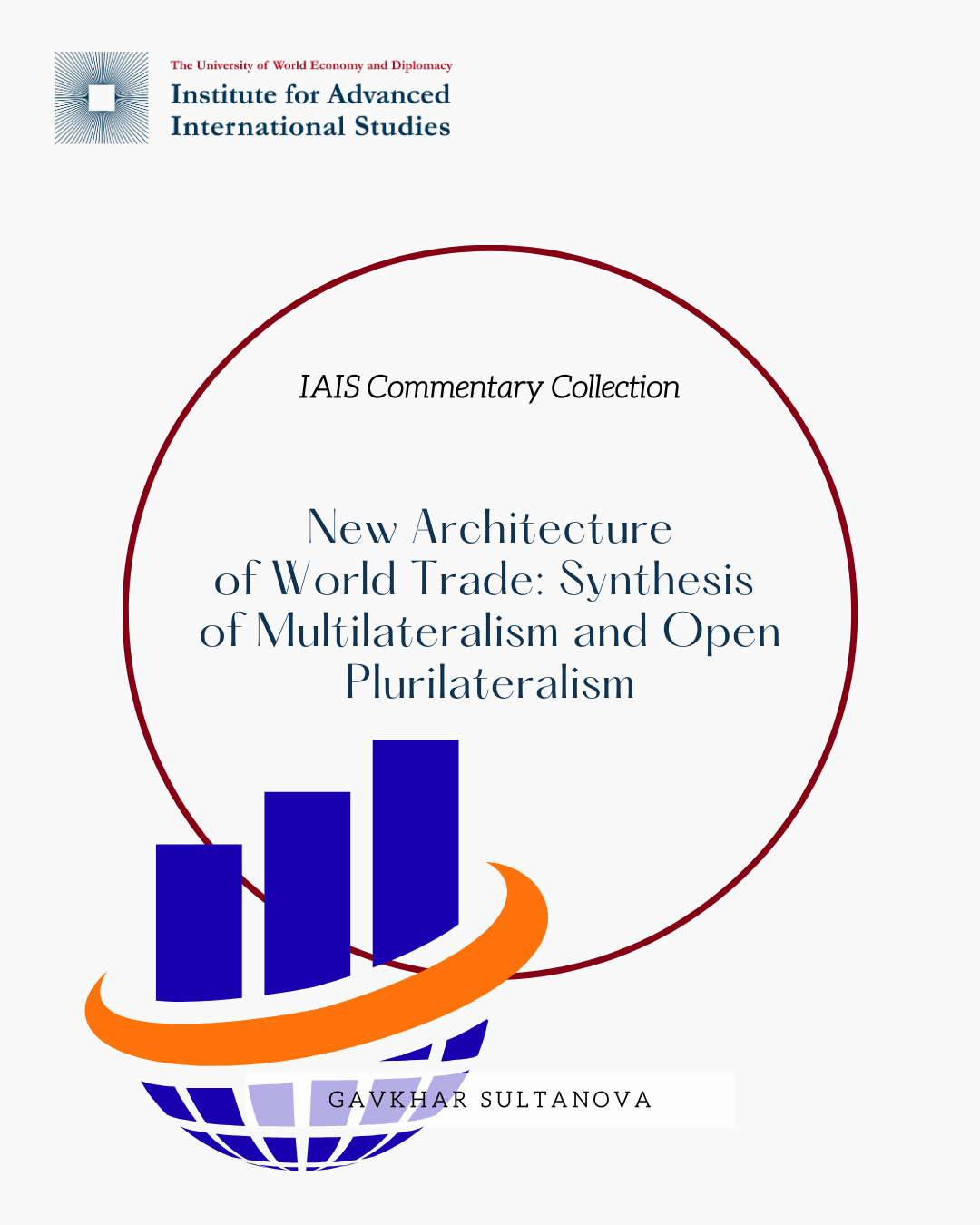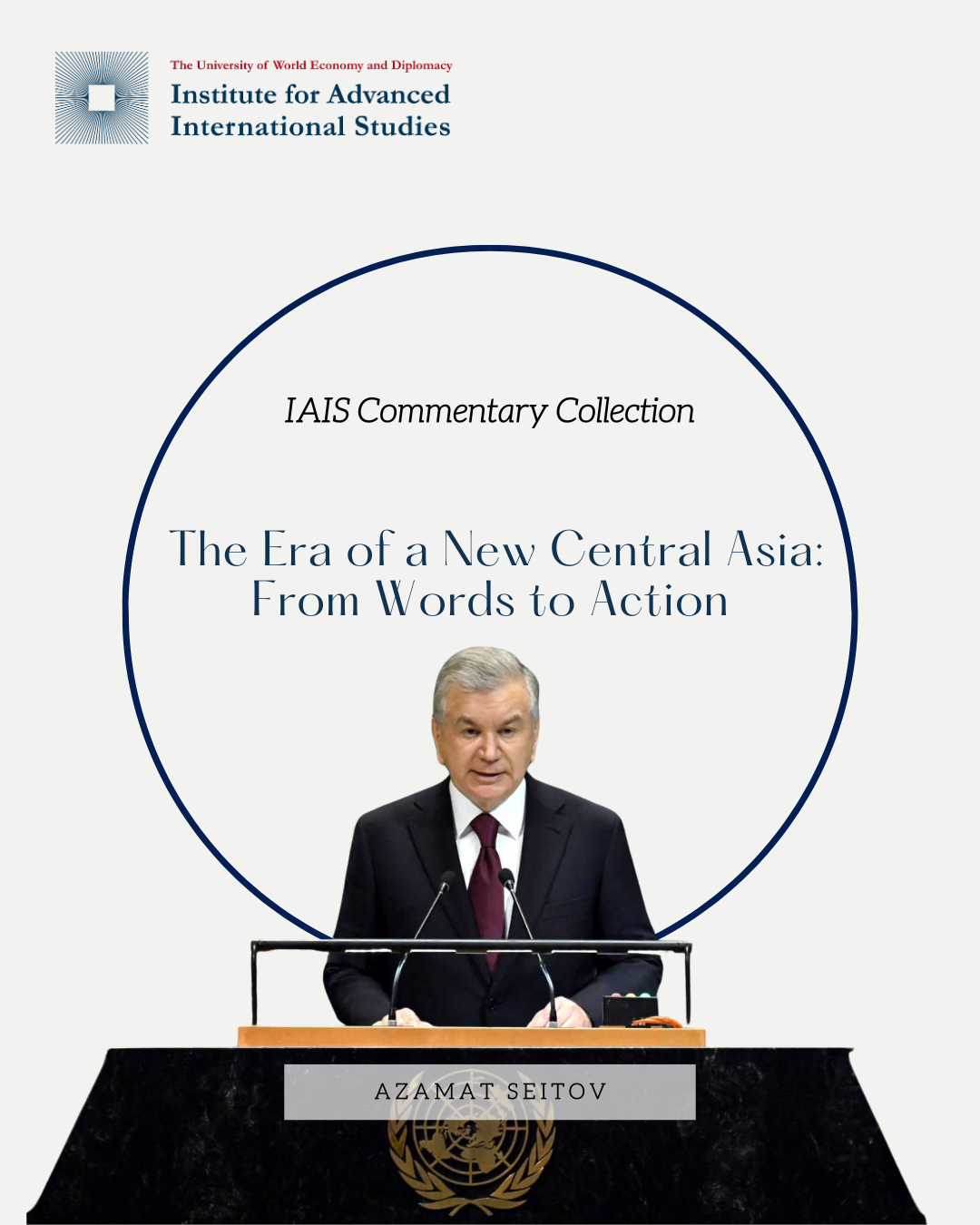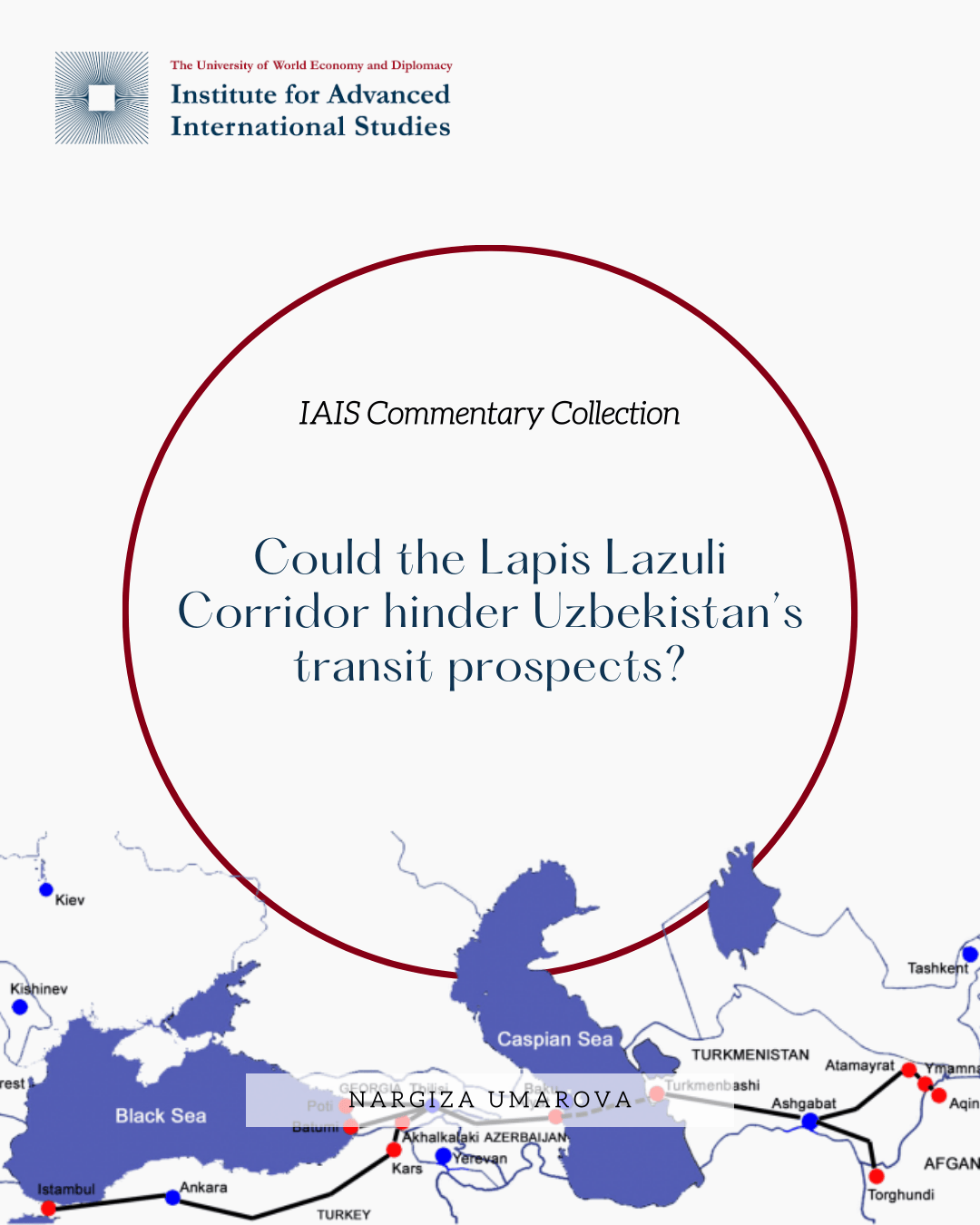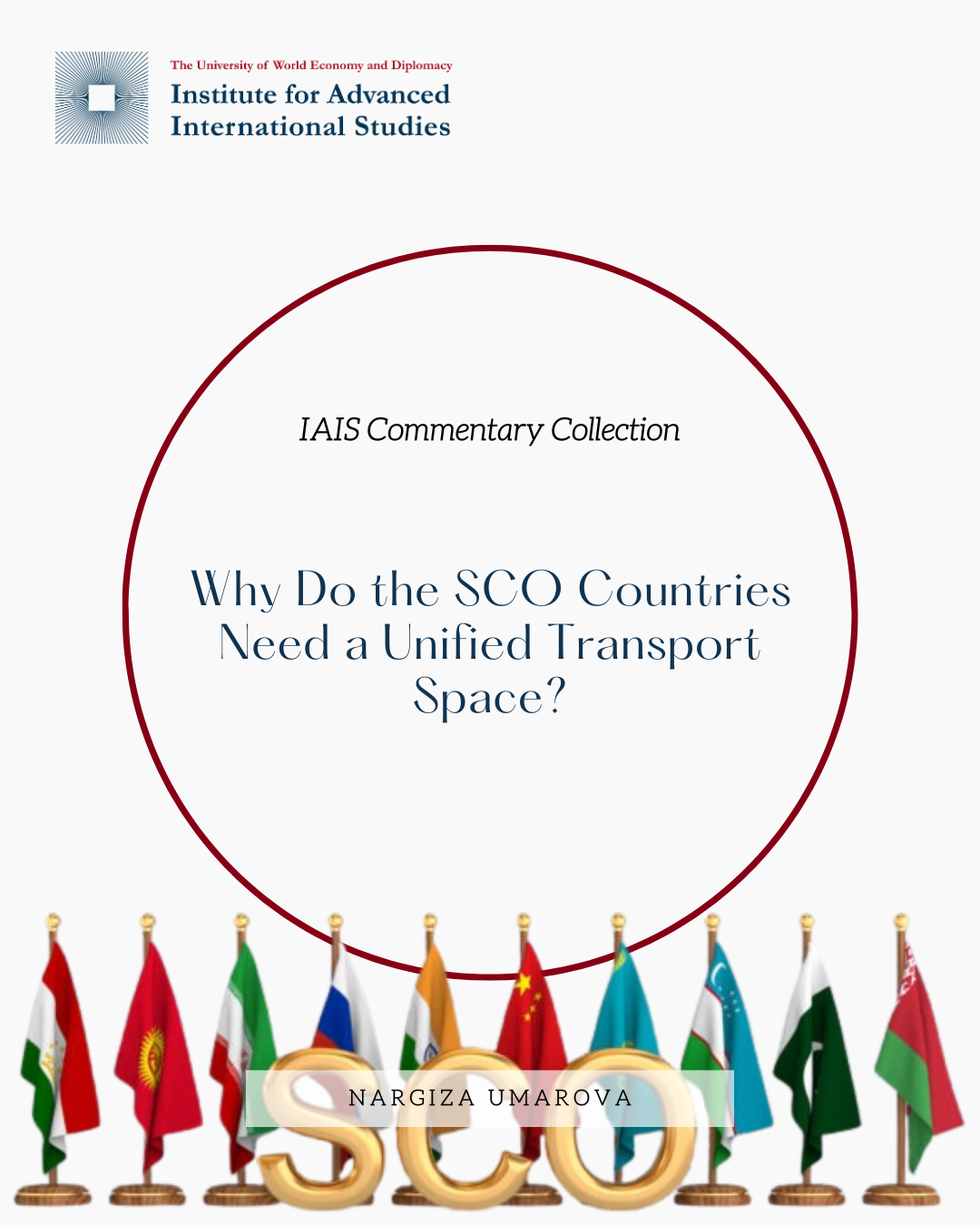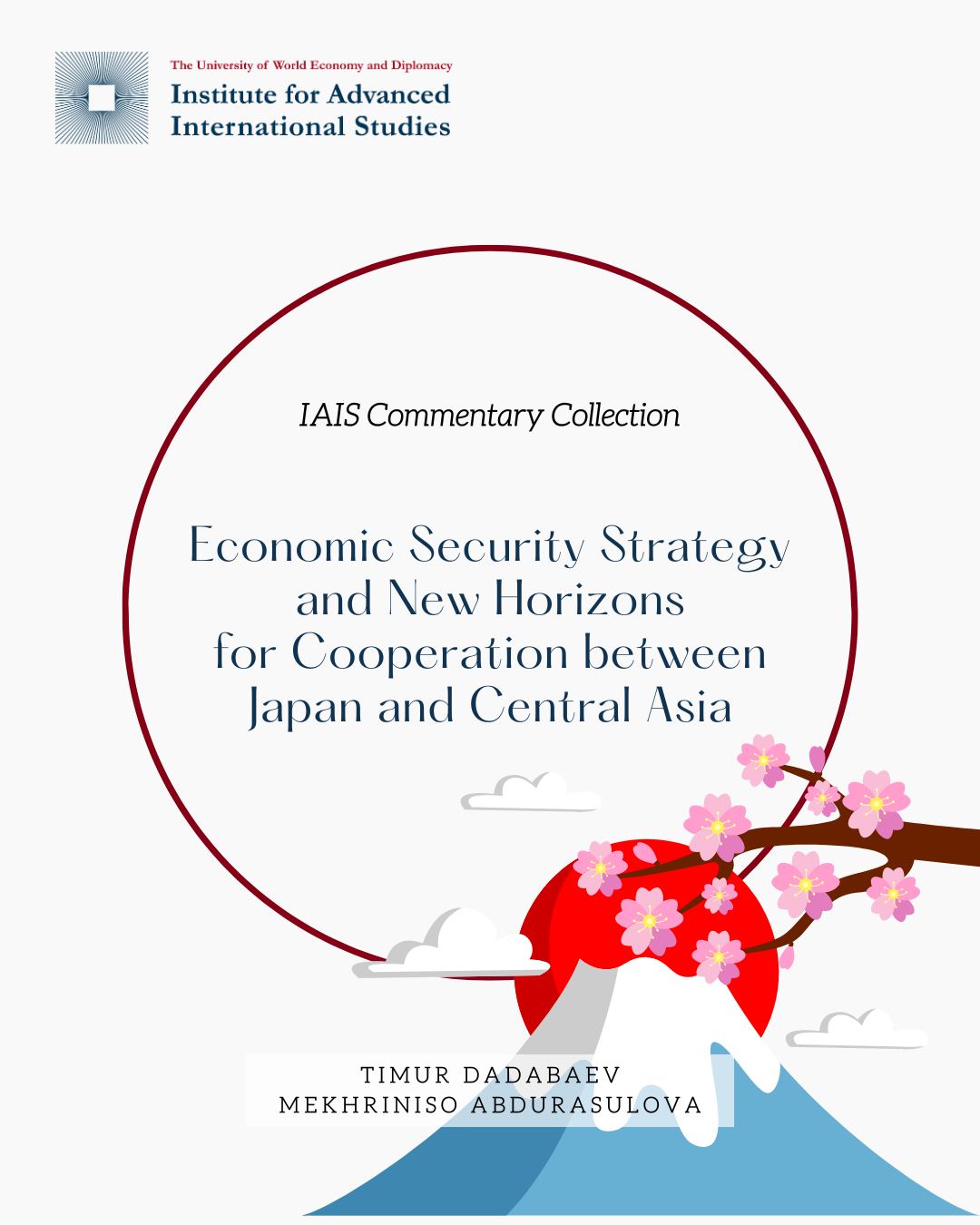The recent trilateral meeting of the foreign ministers of China, Pakistan, and Afghanistan in Kabul was a significant event in regional diplomacy. Organized by China, the meeting aimed to reduce tensions between Afghanistan and Pakistan and promote regional stability and economic cooperation, particularly through the expansion of the China-Pakistan Economic Corridor (CPEC) to Afghanistan.
The sixth trilateral meeting of the foreign ministers of Pakistan, China, and Afghanistan took place on August 20, 2025, in Kabul. This dialogue, institutionalized in 2017, aims to strengthen political trust, coordinate the fight against terrorism, and promote economic integration between the three countries. Pakistani Foreign Minister and Deputy Prime Minister Ishaq Dar, Chinese Foreign Minister Wang Yi, and Afghan Acting Foreign Minister Amir Khan Muttaqi participated in the talks.
During the meeting, the parties focused on several key aspects. First and foremost, significant progress was made in reducing tensions between Islamabad and Kabul, which had previously faced an increase in militant attacks in Pakistan. China acted as a mediator in this process, hosting an informal meeting in Beijing, which led to improved relations and an agreement to upgrade diplomatic ties to embassy level.
A key economic achievement of the meeting was an agreement to extend the China-Pakistan Economic Corridor (CPEC) to Afghanistan. CPEC is a multi-billion dollar project aimed at connecting China and Pakistan through a network of roads, railways, and energy pipelines. The expansion of the CPEC to Afghanistan is seen as an important step in stimulating trade, transit, and development in the region. The parties also reaffirmed their commitment to deepening cooperation in trade, transit, regional development, health, education, culture, and the fight against drug trafficking.
In the context of regional integration, it is worth noting that Pakistan and Afghanistan previously (in May) agreed on a joint feasibility study for the Uzbekistan-Afghanistan-Pakistan (UAP) railway project. This project aims to improve regional connectivity with Central Asia, and Ishaq Dar's visit to Kabul a month before the trilateral meeting was related to the signing of a framework agreement on this project.
Thus, the meeting underscored the three countries’ commitment to regional stability, economic development, and joint efforts to combat terrorism, with the expansion of the CPEC to Afghanistan becoming a central element in achieving these goals.
At the same time, the expansion of the CPEC to Afghanistan also has significant implications for Uzbekistan and its relations with Afghanistan. As a landlocked country, Uzbekistan is actively seeking to expand its trade routes and access to seaports. Afghanistan has historically been an important transit corridor for Uzbekistan, connecting it with South Asia and the Middle East.
Afghanistan's accession to the CPEC could provide Uzbekistan with new, more efficient and secure trade routes through Afghanistan and Pakistan to ports on the Arabian Sea, such as Gwadar. This would reduce Uzbekistan's dependence on existing routes and open up new opportunities for exports and imports. The CPEC project, which includes the development of infrastructure such as roads and railways, will contribute to overall regional connectivity, which is in line with Uzbekistan’s long-term goals of integrating into regional economic processes and creating transport corridors connecting Central Asia with South Asia.
The aforementioned Uzbekistan-Afghanistan-Pakistan (UAP) railway project is a direct testament to Uzbekistan's desire to deepen ties through Afghanistan. The expansion of the CPEC to Afghanistan could complement and accelerate the implementation of this project, creating synergies for the development of transport infrastructure in the region. The Termez-Mazar-Sharif-Kabul-Peshawar railway, which is part of this project, will significantly reduce the time and cost of freight delivery.
Economic stabilization and development in Afghanistan, stimulated by investments under the CPEC, will create new economic opportunities for the parties. This may include increased bilateral trade, joint investment projects, and the development of border infrastructure.
The impact on Uzbek-Afghan relations will be multifaceted. The expansion of the CPEC and joint infrastructure projects, such as the UAP railway, will inevitably lead to deeper cooperation between Uzbekistan and Afghanistan. This will contribute to strengthening political dialogue, exchanging experiences, and jointly addressing regional issues. The economic stabilization of Afghanistan through the CPEC may also contribute to overall security in the region, which is a priority for Uzbekistan. A stable and prosperous Afghanistan reduces the risks associated with cross-border crime, extremism, and drug trafficking, which directly affect Uzbekistan's security. In addition, improved transport connectivity and economic development can help strengthen humanitarian and cultural ties between the two countries, given the presence of a significant Uzbek diaspora in northern Afghanistan.
Thus, the Sixth Trilateral Meeting of Foreign Ministers of China, Pakistan, and Afghanistan is an important step towards strengthening regional stability and economic cooperation. The expansion of the CPEC to Afghanistan and the development of the UAP railway project open up new opportunities for all participants, including Uzbekistan. These initiatives not only promote economic development and integration, but also strengthen security and stability in the region, which is a key factor for long-term prosperity. Uzbek-Afghan relations, in turn, will receive a new impetus for development based on common economic interests and the desire for regional stability.
* The Institute for Advanced International Studies (IAIS) does not take institutional positions on any issues; the views represented herein are those of the author(s) and do not necessarily reflect the views of the IAIS.

